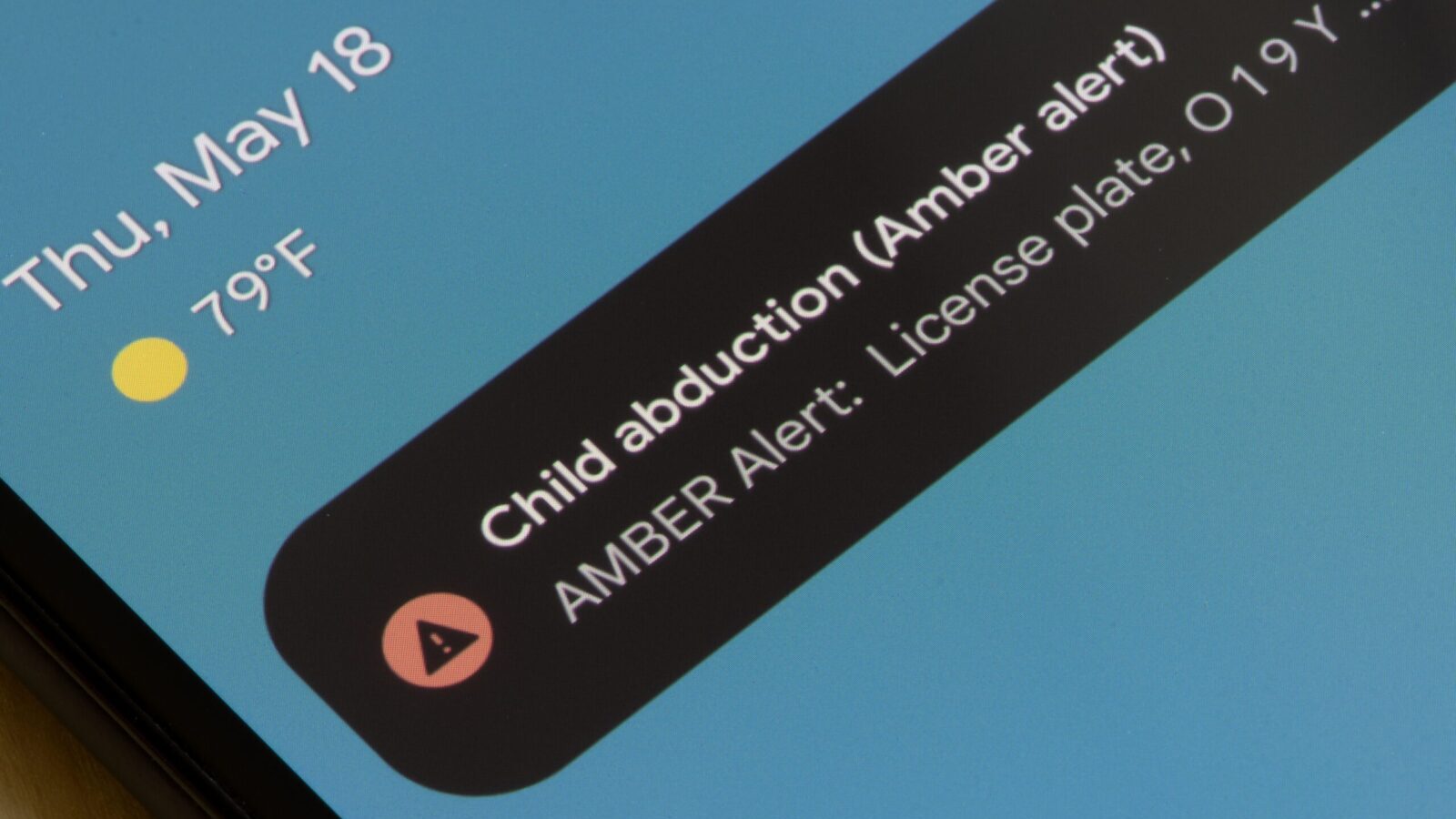Michigan Lottery Helps Expand Amber Alert System Across State
The alerts regarding child abductions are now displayed on terminal screens and other lottery equipment
2 min

The Michigan Lottery is improving the reach of Amber Alerts across the state. It announced a partnership Monday with the Michigan State Police to distribute these alerts more effectively, potentially putting them in front of more eyes.
Under this new program, which is already live, Amber Alerts are sent to all 10,000 Michigan Lottery retailers. This collaboration, designed to help spread critical information quickly when a child goes missing, will utilize the Michigan Lottery’s extensive retail network to display Amber Alerts on terminal screens, in-store display monitors, and self-service lottery equipment.
The goal is to ensure that as many people as possible receive the crucial details needed to assist law enforcement in locating a missing child.
Amber Alerts are issued by law enforcement agencies when a child is believed to be in imminent danger, often due to abduction. Time is of the essence in these situations, and the Michigan Lottery’s partnership with the state police means that when such an alert is issued, it will now appear in lottery terminals and monitors within seconds.
The alerts will remain visible in participating stores until they are officially canceled by law enforcement. The ability to disseminate this information in public spaces, especially in frequently visited locations such as convenience stores and grocery stores, provides an essential tool in the fight to locate and recover abducted children.
Statewide impact and importance
The Michigan Lottery’s retail network is one of the largest networks in the state, reaching rural, suburban, and urban areas alike. This broad geographic coverage makes the new Amber Alert system an especially valuable resource in alerting people who might not otherwise encounter the information through traditional media, such as television or radio.
“I spent much of my career in the child welfare space from having been a prosecutor, prosecuting crimes against children. These are sex crimes against kids, physical abuse, crimes against kids. And so I can tell you, just being in the courtroom, dedicating so many years of my life to that work and then to come in this position and to fulfill that type of service is something that is near and dear to my heart.”
— Michigan Lottery Commissioner Suzanna Shkreli
By reaching people who are on the go — whether running errands or stopping in for gas — the hope is that someone who sees the alert will recognize the child or suspect described and notify authorities.
Similar programs in other states
Michigan isn’t the first state to use unconventional networks, such as lottery systems, to expand the reach of Amber Alerts. Several other states have implemented similar programs to maximize the visibility of these crucial messages.
For instance, Florida has integrated Amber Alerts into its Florida Lottery network, where alerts are displayed at over 13,000 lottery retail locations. Like Michigan’s program, this initiative aims to leverage high-footfall areas to ensure critical details are seen by as many people as possible.
Several other states use their retail lottery networks to distribute Amber Alerts as well. In North Carolina, the state’s Education Lottery incorporates Amber Alerts into its network of retail locations. When an alert is issued, important details about the missing child are displayed on electronic lottery terminals and ticket-checking machines.
South Dakota employs a similar system through its lottery network, displaying Amber Alerts on screens at convenience stores and other outlets where lottery tickets are sold.
The Virginia Lottery has also partnered with law enforcement to broadcast Amber Alerts at over 5,000 retail locations.






